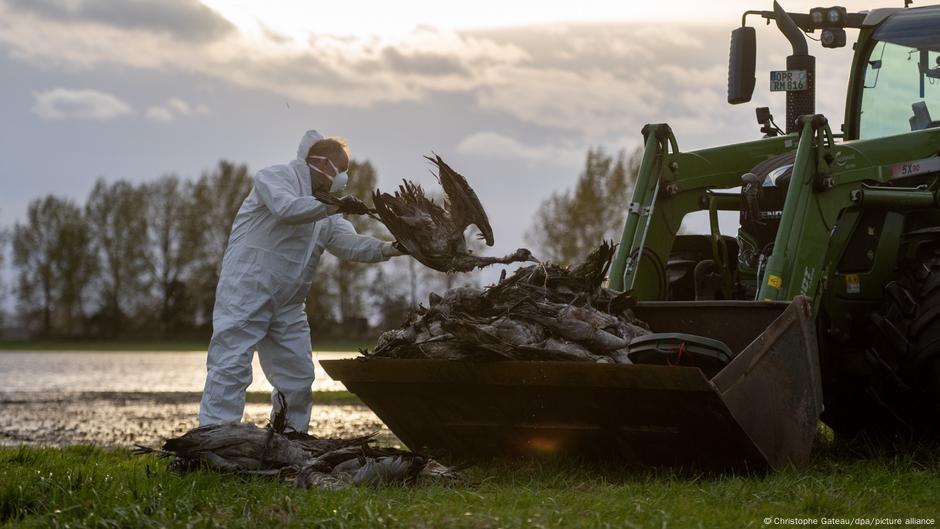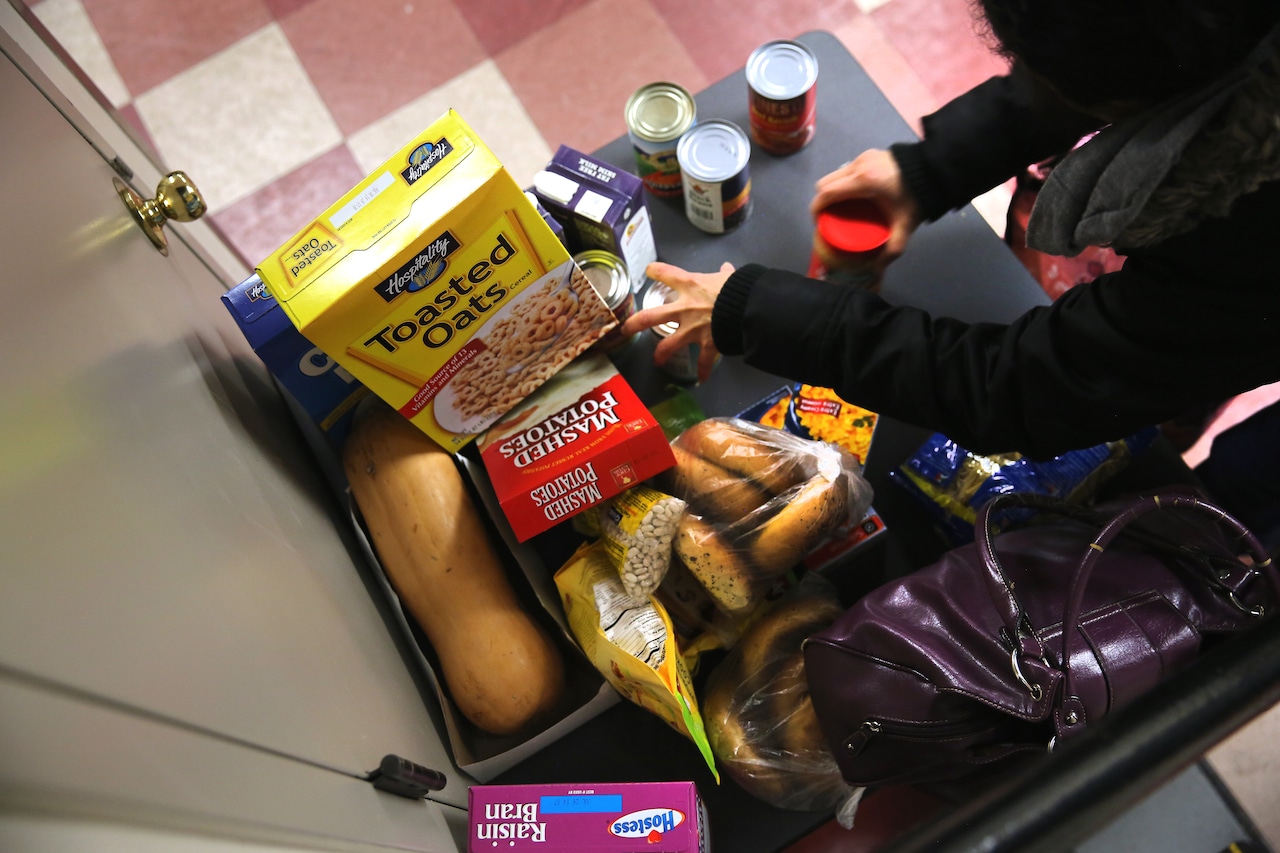Supplemental Nutrition Assistance Program benefits in Alabama will be paused in November as the federal shutdown continues, according to the state’s Department of Human Resources.
According to DHR, the United States Department of Agriculture issued a guidance that told them SNAP benefits, commonly known food stamps, would be suspended effective Nov. 1 until federal funding is provided or until states are directed otherwise.
The agency said recipients will be able to use benefits issued to their electronic benefit transfer (EBT) card prior to November 1, 2025, at any SNAP authorized retailer.
“SNAP benefits are 100% federally funded; therefore USDA (FNS) controls the issuance of these benefits on EBT cards,” said Alabama DHR Commissioner Nancy Buckner.
“We know SNAP benefits are vitally important to the more than 750,000 Alabamians who depend on the more than $140 million in support each month. Alabama DHR, along with many others, hopes Congress will come to a quick resolution on the federal government shutdown.”
About 15% of the state’s population is enrolled in SNAP.
Nearly 70% of participants are families with children, about 40% are people with a disability or older adults, and more than a third are working families, according to the Center on Budget and Policy Priorities.
The Women, Infants and Children program, however, continues to operate, according to the Alabama Department of Public Health, which administers the program.
“Currently, all WIC services, including appointments, benefits issuance, and nutrition education, remain available statewide,” ADPH said in a statement to AL.com. “WIC and SNAP are different programs, and SNAP is not under the direction of ADPH. The only measure that ADPH has taken, at this time, is to move to a one-month benefit issuance frequency in order to continue serving our WIC Program participants.”
On Friday, the United States Department of Agriculture announced they will not use their contingency fund to pay for SNAP in November.
The fund has about $6 billion in it, while it costs about $8 billion a month to administer the food assistance program, according to the Center on Budget and Policy Priorities.
“The contingency fund is not available to support FY 2026 regular benefits, because the appropriation for regular benefits no longer exists,” a USDA letter obtained by USA Today read.
According to national outlets, after the government shutdown on Oct. 1, USDA said they had enough funds to cover state administrative expenses during a federal government shutdown, which is what was done during shutdowns in 2018 and 2019.
DHR said individuals can still apply for SNAP during the pause and that current recipients must still recertify their benefits, report as they normally would and submit all normal documentation.
“These steps are of the utmost importance so DHR can submit each recipient’s benefit file as soon as the suspension is lifted; in other words, this will allow recipients to more quickly use their November funds in the grocery stores,” the press release said.
Feeding Alabama, the coalition of food banks in the state, told AL.com that Alabamians who may need assistance during this suspension are encouraged to visit their Food Finder online to locate a nearby pantry.
If you purchase a product or register for an account through a link on our site, we may receive compensation. By using this site, you consent to our User Agreement and agree that your clicks, interactions, and personal information may be collected, recorded, and/or stored by us and social media and other third-party partners in accordance with our Privacy Policy.
First Appeared on
Source link













